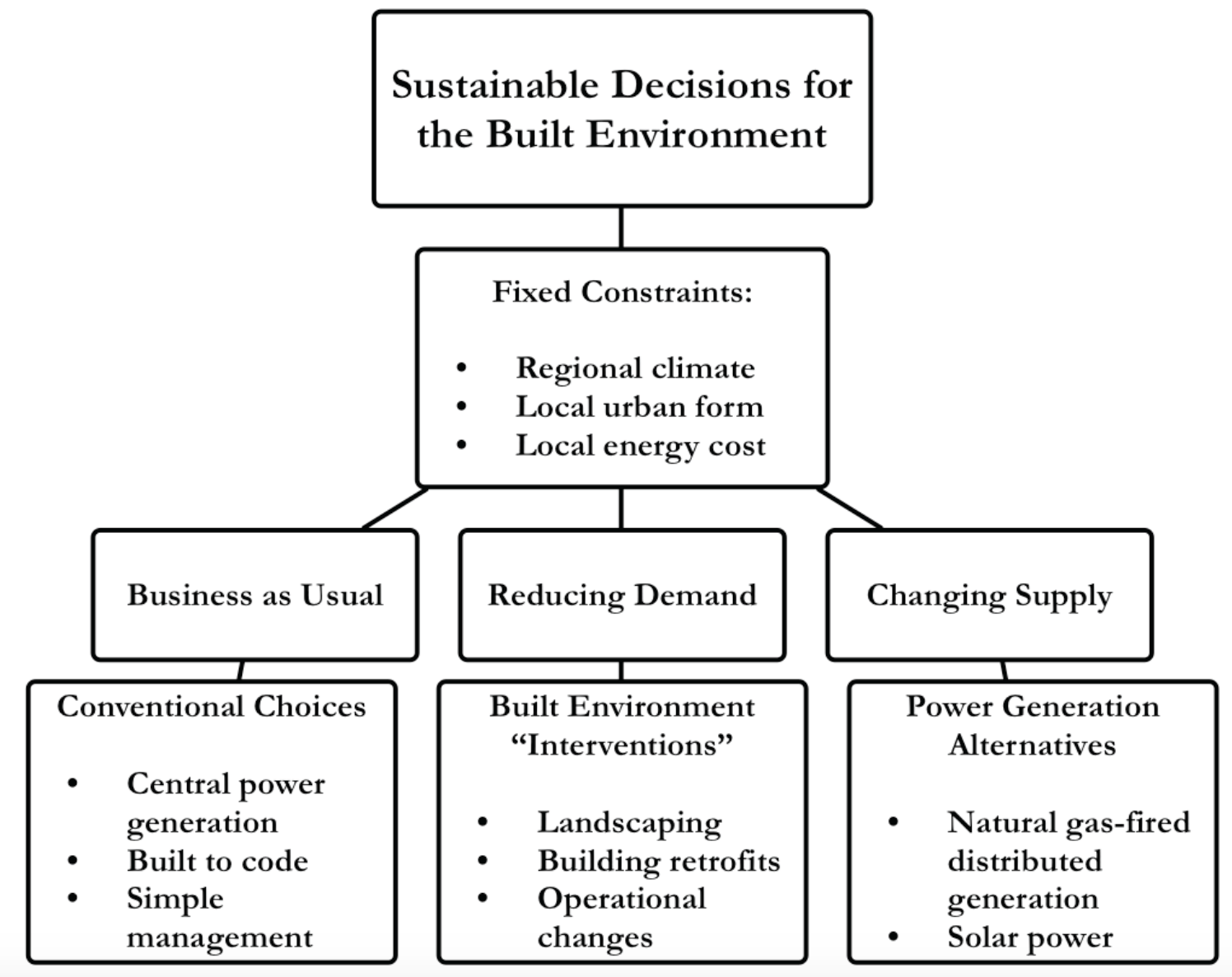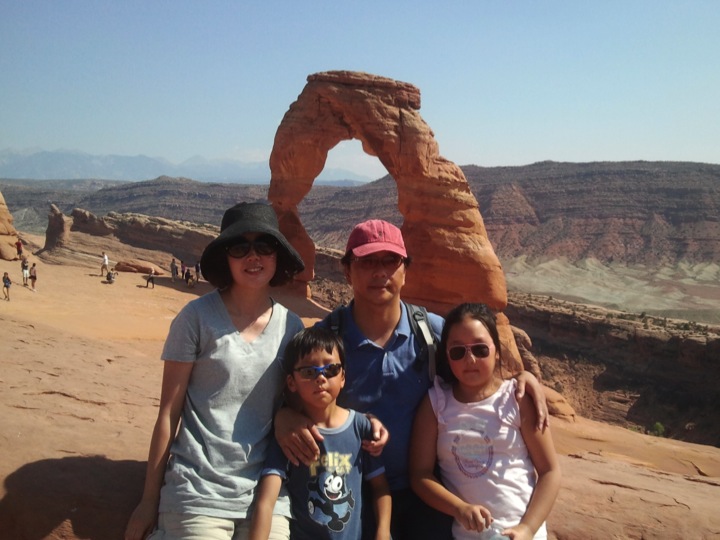Localized Distributed Power Generation: Economically Robust, Demand-Optimized Placement of Urban Energy Production Systems

Supported by the National Science Foundation - NSF CBET/ENG 1512740
PIs: Eric Pardyjak, Rob Stoll, Amanda Smith
Students:
Arash Nemati Hayati (PhD student)
Carlo Bianchi (PhD student)
Hanieh Esagh (MS student)
Rich Didier (MS student)
Overview: We propose to develop an integrated building simulation and optimization framework for use in making decisions regarding placement of distributed power generation installation and its interaction with the surrounding built environment. The framework will be used to select and place distributed generation within cities, given the unique energy demands of particular buildings, the changes in energy demand and microclimate due to the presence of a power generation source, and the effect of climate and microclimate on power generation potential. Specifically, we are interested in understanding how urban infrastructure and microclimate affects energy demands and how effectively and economically a simple local generation system can meet those demands. We will focus on two commonly and technologically mature prime movers, the solar photovoltaic array and the natural gas turbine-generator set, simulated in conjunction with groups of residential or commercial buildings. Four U.S. cities are selected as locations for case studies to test the system, representing a range of climate types and average electricity prices: Phoenix, Salt Lake City, Minneapolis, and Atlanta. We hypothesize that the placement of a solar array or natural gas generator will be improved for different climates when microclimate and individual building characteristics are taken into account, compared with predictions made for a single building using climate data alone. We further hypothesize that including the benefits of ecosystem services into the optimization process will produce different urban landscape forms and energy installations.
Intellectual Merit: There is a critical need for decision makers to have a place-based framework that allows them to understand the complex interactions and tradeoffs between demand moderating urban form options, and distributed power generation opportunities. We hypothesize that a site-specific optimal mix of distributed power generation and microscale building demand reduction strategies exists that can minimize both internal and external costs resulting in more sustainable cities. Previous work using the QUIC-EnviSim package has demonstrated the importance of considering the built environment together with its local, natural environment for calculating energy and mass fluxes in the urban environment; and has produced a computational software package capable of performing these advanced simulations. Similarly, meeting the energy demands of a building should depend on consideration of the building’s environment and neighboring buildings; and a computational package, EnergyPlus, capable of performing detailed individual building simulations, is available from the DOE. We propose to combine the two simulation packages in such a way that building simulations conducted in EnergyPlus will use QUIC-EnviSim environmental data, and building performance calculations from EnergyPlus will inform the QUIC simulations. We will also add custom code simulating the two proposed types of distributed generation systems, and continue to license the new software as open-source, so that additional prime movers can be incorporated.
Broader Impacts: These simulation tools will be developed in a Multi-criteria Decision Making environment designed to aid urban planners, engineers and architects in placing and designing buildings and surrounding landscaping in ways that integrate best with distributed generation capacity. Through workshops, stakeholder’s input will be directly integrated into the project, enabling a more fluid integration with practioners. The understanding gained from this project will guide utility companies and public utility planners in developing plans for expanding power generation in urban areas while reducing the investment risk associated with additional central generation capacity. Further, the knowledge gained from this project will help communities and developers in placing distributed power generation within existing groups of buildings in a way that provides an economic benefit to the power consumers. Simulation data results for the cities and scenarios will be made available in an archival form to researchers, and the modified EnergyPlus-QUIC-EnviSim model will be released upon request, along with the custom power generation packages and instructions for developing and incorporating other types of DG. This project will provide interdisciplinary training in engineering, computer science, economics, urban planning, and energy policy for graduate students directly via involvement in the project, as well as more broadly through a new Energy Systems course that will be developed. A summer outreach program will also be developed to target underrepresented groups.
Publications:
- Nemati Hayati, A., Rob Stoll, J.J. Kim, T. Harman, M.A. Nelson, M.J. Brown, and E. R. Pardyjak, Comprehensive evaluation of fast-response, Reynolds-Averaged Navier-Stokes, and Large-Eddy Simulation methods against high spatial resolution wind-tunnel data in step-down street canyons, Boundary-Layer Meteor., 164(2), 217-247, 2017.
- Girard, P., D. Nadeau, E.R. Pardyjak, M. Overby, P. Willemsen, R. Stoll, B.N. Bailey, and M.B. Parlange, Validation of the QUIC-URB wind solver and QESRadiant radiation-transfer model using a dense array of urban meteorological observations, Urban Climate, DOI: 10.1016/j.uclim.2017.08.006, 2017.
- Rahman, A., A.D. Smith. “Predicting Fuel Consumption for Commercial Buildings with Machine Learning Algorithms,” Submitted to Energy and Buildings, revised version under review.
- Bianchi, C., S.M. Lucich, A.D. Smith. “Demand matching algorithm for photovoltaic array sizing and sensitivity analysis to temporal availability of building energy data,” Submitted to Sustainable Energy Technologies and Assessments, under review.
- Pardyjak, E.R. and R. Stoll, Improving measurement technology for the design of sustainable cities, Meas. Sci. and Technol., 28(9), 092001, 2017.



